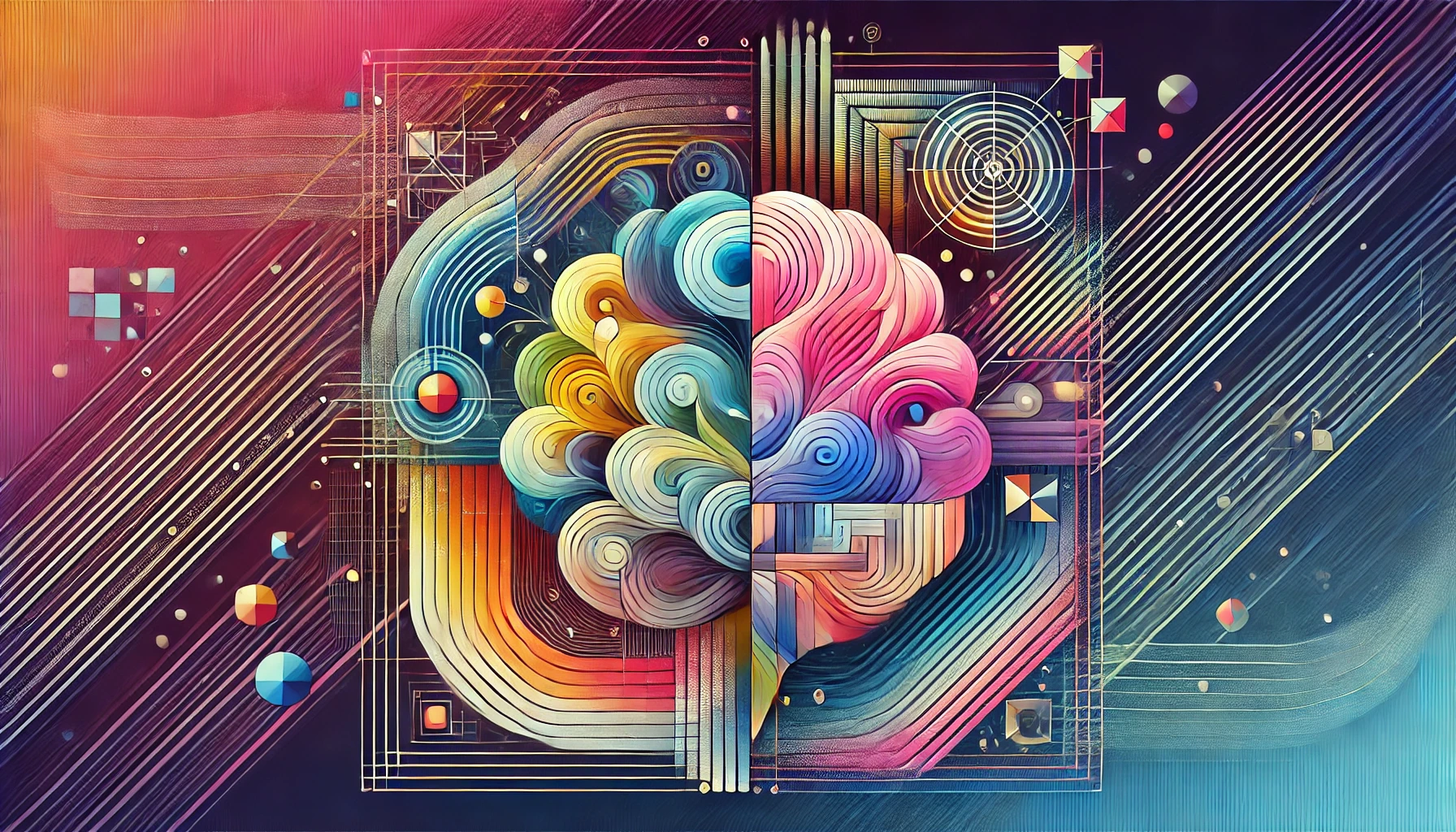
The Psychology of Colours in Branding: Choosing the Perfect Palette
When creating a brand, the colour palette is one of the most powerful tools to convey identity, values, and emotion. It is no coincidence that leading global brands have specific colour schemes that resonate with their audiences and reinforce their message. In this article, we explore the psychology of colours in branding, providing insights to help businesses choose the right palette for maximum impact.
The Importance of Colour in Branding
Colours are not just aesthetic; they are deeply tied to human emotions and behaviours. For brands, this means colours play a critical role in shaping consumer perception and driving decision-making. For instance, a brand using bright, energetic colours can communicate vibrancy and enthusiasm, while muted tones might suggest sophistication and calmness. Research indicates that colours can influence up to 85% of purchase decisions, making their strategic use indispensable for effective branding.
Moreover, consistency in colour usage strengthens brand recognition. Think of the golden arches of McDonald’s or the distinctive blue of Facebook. These colours not only make the brand memorable but also evoke specific feelings aligned with their core values. Leveraging colour psychology strategically can ensure that your brand is perceived as intended.
The Role of Colour in Consumer Perception
Every colour carries a unique psychological weight. For example, yellow is often associated with optimism and youthfulness, while black conveys elegance and authority. Understanding these associations allows brands to align their visuals with their messaging. However, it is equally important to consider the context. While red might work well for a fast-food chain by promoting energy and appetite, it might be less suitable for a wellness brand seeking to evoke tranquillity.
Additionally, the contrast between colours can affect readability and user experience. High contrast between background and text, for example, ensures clarity and improves audience engagement. Subtle contrasts can create a more sophisticated and subdued look, suitable for luxury brands. The key is to maintain a balance that aligns with the brand’s goals and audience preferences.
How to Choose a Brand Colour Palette
Choosing a brand’s colour palette involves more than selecting appealing colours. It is a process that intertwines creativity with strategy, demanding a deep understanding of the target audience and brand identity. Here’s how to approach this crucial task:
Identify Your Brand’s Core Values
Begin by defining what your brand represents. Does it prioritise innovation, tradition, or environmental consciousness? Each of these values can be expressed through specific colours. For instance, orange signifies creativity and enthusiasm, while green often reflects growth and harmony. Aligning your colour choices with your brand’s ethos ensures a coherent and authentic visual representation.
Consider the emotional and psychological impact of colours on your audience. A financial services company might choose blue to represent trustworthiness and stability, whereas a toy brand might lean towards bright and playful colours like yellow or pink to capture a childlike sense of wonder.
Consider Cultural and Contextual Significance
Colours hold different meanings across cultures, which can significantly affect how your brand is perceived globally. In Western cultures, white is associated with purity and simplicity, while in some Eastern traditions, it symbolises mourning. Similarly, red may represent good fortune in China but signify danger or caution in other regions.
It is crucial to research and understand your target audience’s cultural background to ensure your brand message is not misinterpreted. This step is especially important for international brands aiming to create a universal yet locally relevant appeal.
Test Colour Combinations
Once you have selected the primary colour that reflects your brand’s identity, experiment with complementary and contrasting colours to create a cohesive palette. Tools like Adobe Colour and Coolors can help generate harmonious combinations that enhance the overall aesthetic.
Testing is vital during this phase. Create mock-ups of marketing materials, website designs, and product packaging to evaluate how your chosen palette performs in real-world applications. Seek feedback from diverse audience groups to refine your choices further.

Examples of Effective Colour Use in Branding
Learning from successful brands can provide inspiration and practical insights into how colours can shape perception and influence consumer behaviour. Here are three examples of effective colour usage:
Red: Coca-Cola’s Passion and Excitement
Coca-Cola’s vibrant red captures attention and evokes feelings of energy, passion, and excitement. This choice aligns perfectly with the brand’s image of bringing joy and celebration to its consumers. Red also stimulates appetite, making it ideal for a beverage company.
The consistency of Coca-Cola’s use of red across its branding elements, from packaging to advertisements, reinforces its identity and ensures instant recognition worldwide.
Blue: Facebook’s Trust and Dependability
Facebook’s choice of blue signifies trust, dependability, and communication. This aligns with its goal of connecting people and fostering online communities. Blue’s calming and stable attributes make it an ideal choice for a platform designed to bring people together in a safe and trustworthy environment.
Additionally, blue is universally appealing and accessible, ensuring the brand resonates with its diverse global audience.
Green: Starbucks’ Growth and Harmony
Starbucks’ green palette reflects its commitment to sustainability, health, and growth. This colour choice resonates with its environmentally conscious consumers and reinforces its image as a socially responsible brand.
The use of green in its logo, coupled with earthy tones in its store designs, creates a holistic and harmonious brand experience that aligns with its core values.
By understanding the psychology of colour and strategically applying it, brands can create an impactful visual identity that resonates with their audience and strengthens their market position.
